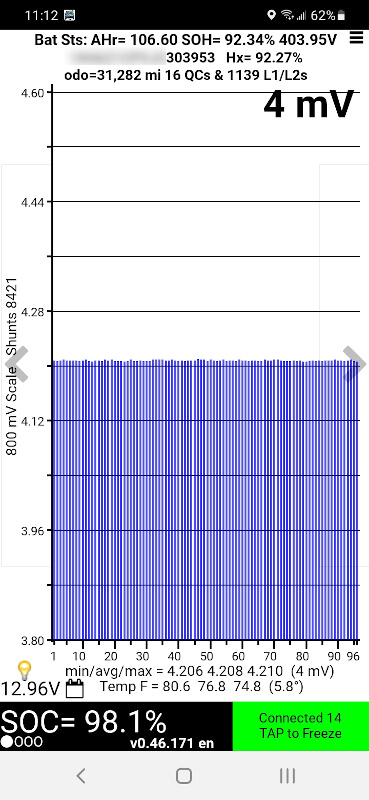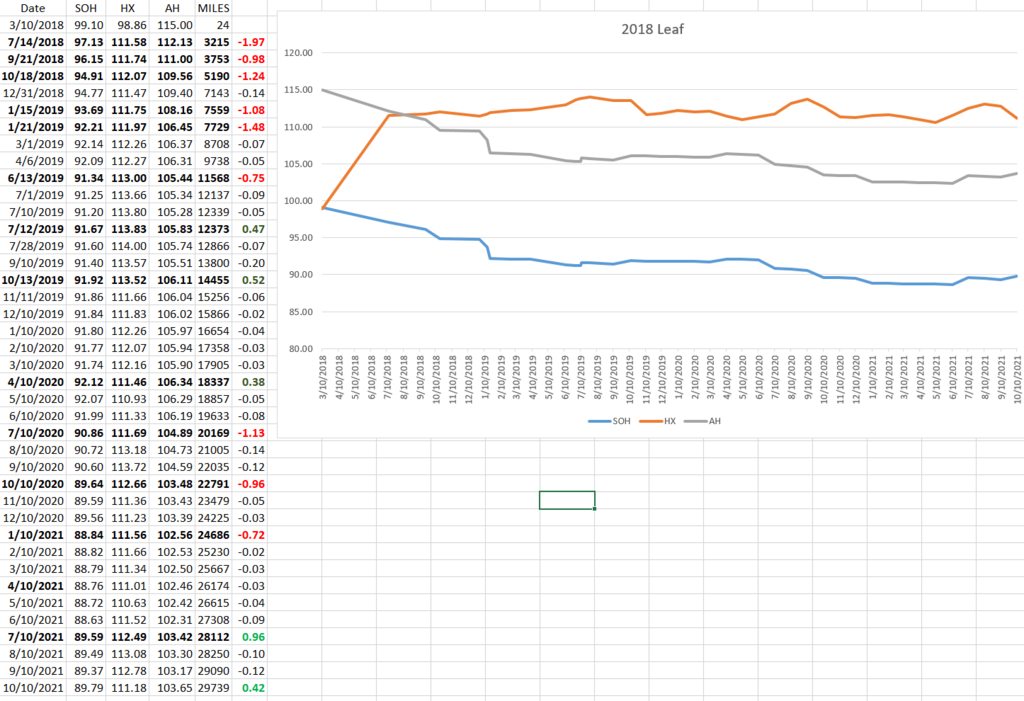goldbrick
Well-known member
I've read a few scientific articles but when I just googled to reference them I realized that many of them are > 5 years old, so probably irrelevant at this point. Li battery technology is changing so fast that anything over few years old is obsolete. For example, the 40kWh and 62kWh Leaf batteries appear to be behaving quite differently than previous batteries. And who knows how 2022 40kWh batteries compare to 2018 40kWh for example? Manufacturers continuously update materials and processes and while major customers are privy to these changes if specified by contract, generic users like someone buying a car will not be. In any case, the trend seems to be our friend here as most reports indicate that the batteries are getting better every year.


